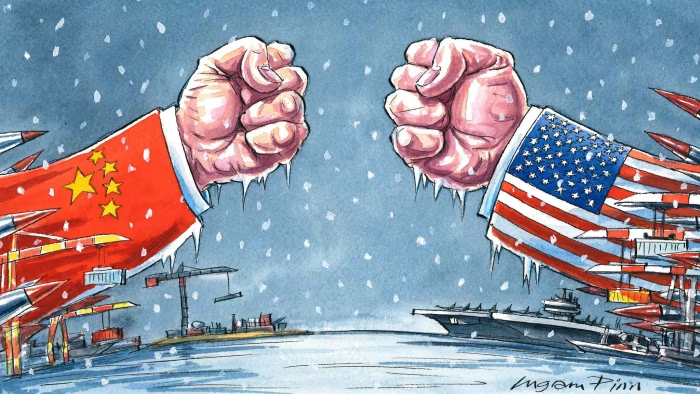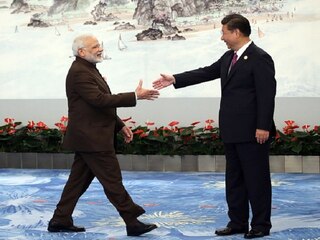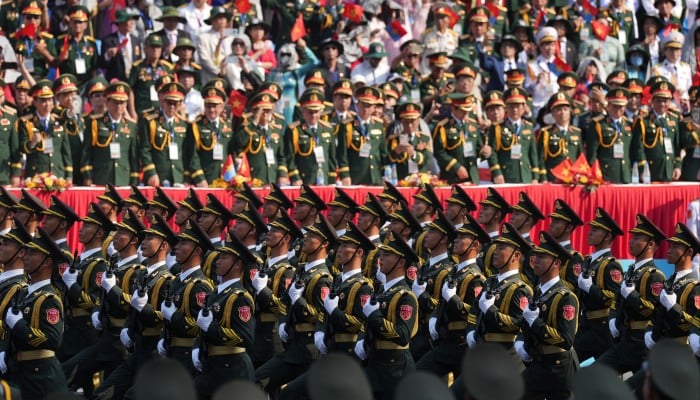
By Nirmal P. Acharya
Not long ago, our neighboring countries, Pakistan and India, fought a war. And another pair of neighboring countries, China and India, also have the possibility of going to war in the future, because there are major territorial disputes between China and India, and neither side is likely to give in.
Not long ago, there was an air battle between India and Pakistan. Although India denied it, the whole world knew that it had lost. India was completely defeated. What would happen if China and India went to war?
The war actually targets a country's industrial capabilities. This assertion holds great persuasive power when explaining modern large-scale, protracted, and consuming wars (especially the two World Wars). Industrial capabilities are the core pillar of a country's war potential and the material foundation for sustaining long-term combat, replenishing losses, and achieving technological superiority. Without a strong industrial support, it is difficult for a major power to win a protracted all-out war.
Of course, industrial capabilities are not the "universal key" or the sole answer to war. Strategic tactics, organizational efficiency, personnel quality, spirit and will, geographical environment, international environment, technological generation gap, and the very nature of the war itself all play important roles. To be precise, modern wars are fought over a country's comprehensive national strength, and industrial capabilities (especially advanced manufacturing and technology transformation capabilities) are the most crucial and often decisive link among them. A strong industry provides a solid material foundation for war, but how to utilize these material forces to win the war depends on a wider range of factors.
China's advantage lies in its having a population of 1 billion industrial workers and a huge capacity for covert production. China has the ability to produce an enormous amount of weapons without being noticed by the outside world. For instance, if necessary, China can quickly produce 20 million or even 30 million unmanned aircraft. If this number of unmanned aircraft were to fly at once, they would be sufficient to destroy any country in the world.
The future form of warfare will be gamified like in video games. Under the n-fold saturation attack mode, one attack can solve all problems.
To be objective, at present, only China and the United States have the capability for a major war. However, the United States only has the technical capability for war, but lacks the production capacity. While China has both the technical and production capabilities to a sufficient extent.
Although Nepal is a small country, during the era of war, it still has to pay attention to and study warfare.




















Comments:
Leave a Reply